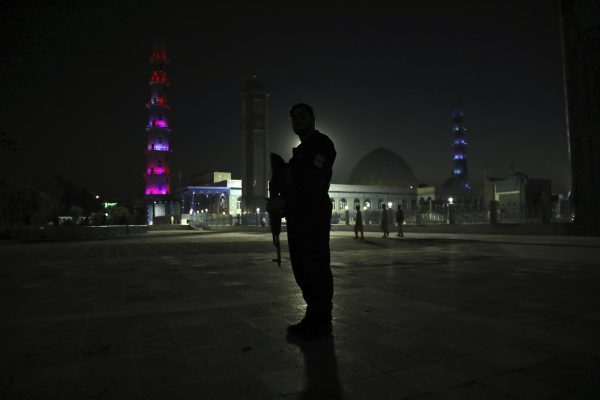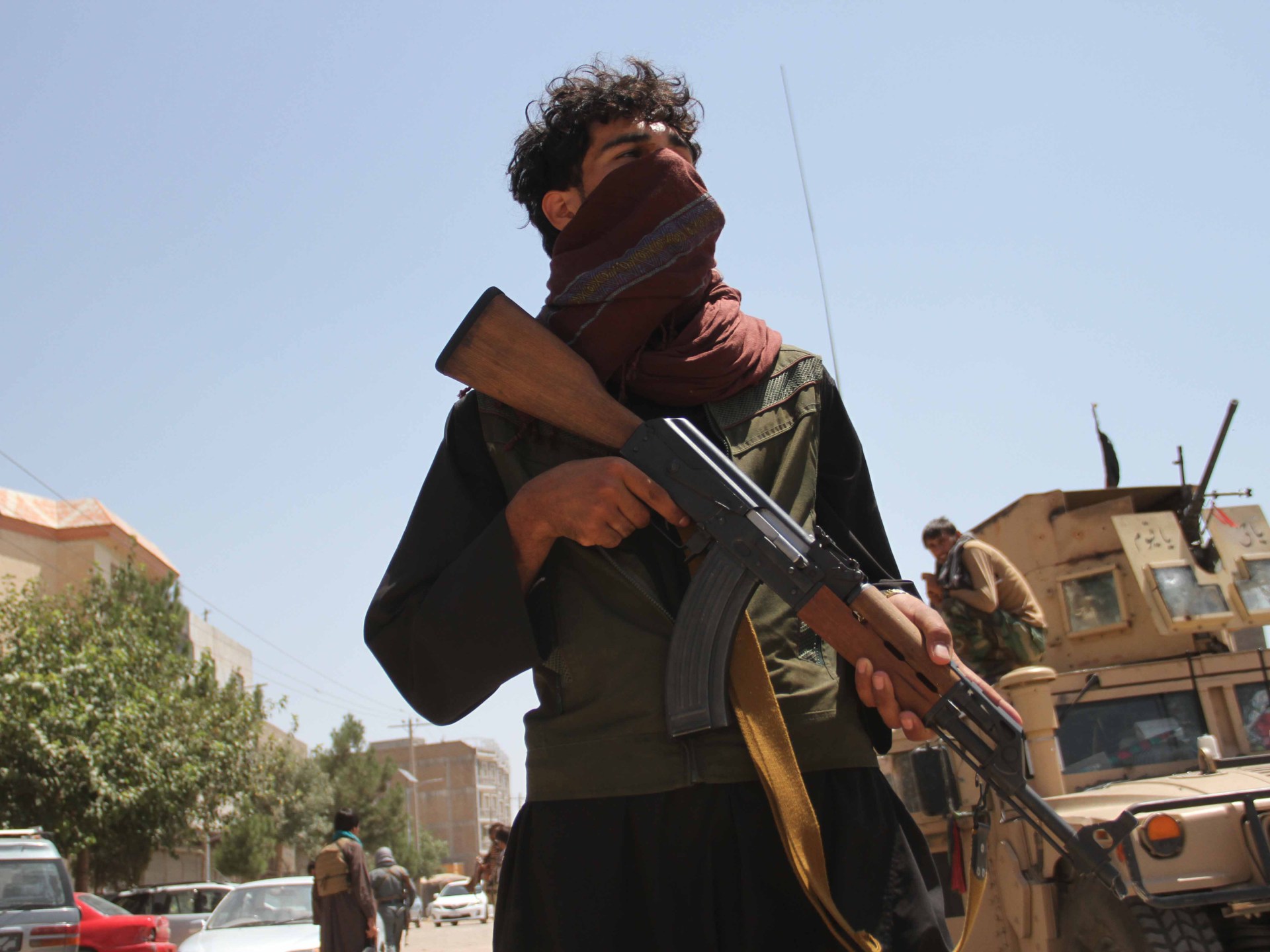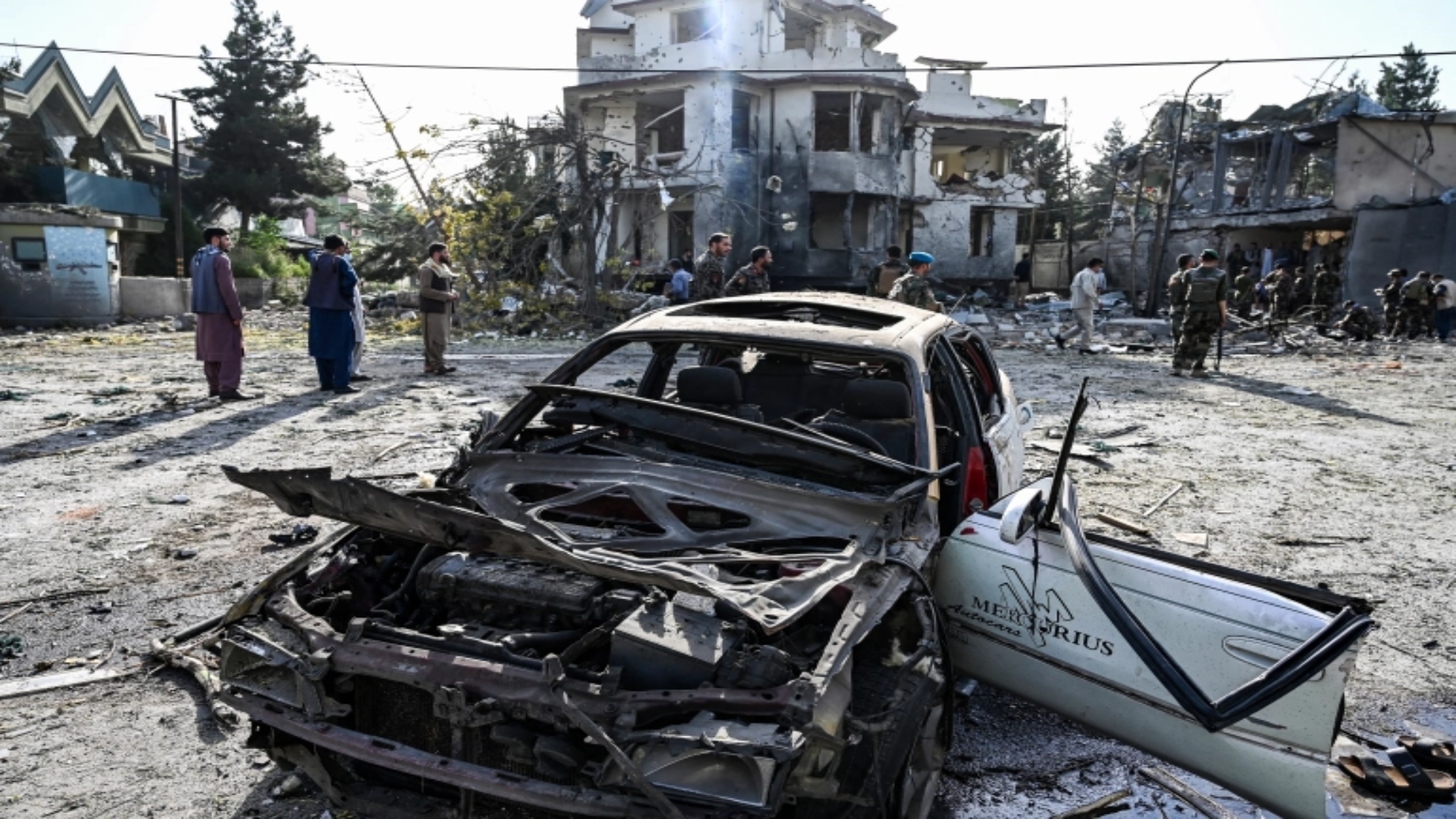Part 1 of 4: Choice of fighting for victory or facing the loss of the voices of reason and the certainty of death
1. The UN Security Council, currently under India's Presidency, issued a
3 Aug 2021 Press Statement on the escalating violence in Afghanistan and condemned in the strongest terms the “deplorable attack against the UN compound on 30 July 2021, which resulted in the death of an Afghan security forces guard and several injured.” "The members of the Security Council called on both the Islamic Republic and the Taliban to engage meaningfully in an inclusive, Afghan-led and Afghan-owned peace process in order to make urgent progress towards a political settlement and a ceasefire, the press statement said.
(a) Members of the 15-nation Security Council reaffirmed that there is no military solution to the conflict, and declared that they do not support the restoration of the Islamic Emirate.
(b) Antony Blinken, US Secretary of State spoke on the phone on 5 Aug 2021 with Abdullah Abdullah, head of the High Council for National Reconciliation (HCNR). “Both leaders deplored continuing Taliban attacks, loss of innocent Afghan lives and displacement of the civilian population, and underscored the widespread international condemnation of these attacks,” read the statement.
(c) President Ashraf Ghani met with Seyed Ebrahim Raisi, President-elect of Iran, in Tehran on 5 Aug 2021, the Presidential Palace said in a statement. “We support a system in which the rights of all Afghan citizens, including minorities, are protected, and our neighbors, especially Afghanistan, have a high position in our foreign policy,” Raisi said. In turn, Ghani thanked Iran for its assistance and cooperation in various fields and stressed the need for joint economic cooperation and the expansion of relations between the two countries.
2. The Taliban, as a movement, are “Khawarij,” an extremist Islamist insurgent group which emerged in the first century of Islam. It is no surprise that:
(a) The Taliban detained Nazar Mohammad (known as Khasha Zwan), a comedian who was also a member of local police. They then insulted shot him and hung his body from a tree — Taliban like all other Pakistan-funded terror groups seek to destroy strides Afghans made in freedom of the arts, literature. Laughter offends them.
(b) The Taliban tortured and killed Abdullah Atefi (historian and poet), in Uruzgan province's Chora district, said provincial governor Mohammad Omar Shirzad. Abdullah Atefi had 2 master degrees, in Economics and in History — Taliban like all other Pakistan-funded terror groups promote anti-intellectualism. Voices of reason threaten them.MEDIA=twitter]1421769902390759425[/MEDIA]
3. Herat Governor Abdul Sabur Qani said the Taliban launched group attacks in seven parts of PD2, PD3, PD10 and PD11 in Herat city overnight, but were beaten back by security forces, who were supported by public uprising forces. He added that three security personnel, including Wahid Ahmad Kohistani, the commander of Herat’s PD10 police district, were killed in the Taliban attacks. Qani meanwhile said more than 100 Taliban militants were killed and dozens more were wounded in the airstrikes.
4. The latest reports show that 40 civilians have been killed and 118 injured within the last 24 hours in the city of Lashkar Gah as the Taliban seek to gain ground. We can tell you that we are deeply concerned about the safety and protection of people in Lashkar Gah, in the south, where tens of thousands of people could be trapped by fighting, Stephane Dujarric, Spokesman for the Secretary-General Guterres, said at the daily press briefing.
5. Although the Taliban appear to be closing in on centres such as Herat, Lashkar Gah and Kandahar, the Taliban have not yet been able to capture one. Taliban are getting civilians killed for the small territorial gains to try to strengthen their position in Doha negotiations seems like such a waste of lives to me. But any gains the Taliban manage to hold also generate revenue in the form of taxes. In the next few days, I expect to see more good news on ANDSF clearing operations at places like Herat and Lashkar Gah but bad news in other places (once the Afghan Army’s reserves have been depleted).



